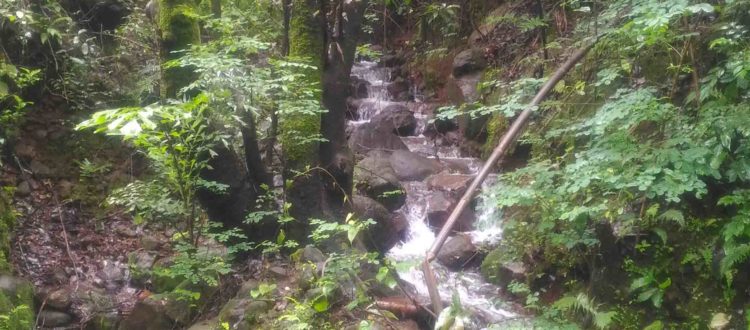Forests, wildlife and zoonotic diseases
Two thirds of our globe is under water, which is expected to increase in the distant future due to global warming. Only less than one third of the world’s land is said to be forested, but this is expected to further decrease in the coming years as destruction of forests continue unabated. On the other hand, we hear politicians claiming that forest cover has increased over the years. How can ‘forests’ that take thousands of years to form appear like mushrooms in 2 or 4 years’ time? We are only claiming to have increased the tree cover, and not the forest cover. Destroying forests in one area and planting trees in non-forest places in the name of compensatory afforestation is a folly that common man and politicians do not understand. Humans also modify non-forested environments, reinforcing riverbanks with cement and concrete, and by encroaching beaches where crocodiles, terrapins, sea turtles nest and many species like otters and shorebirds inhabit.
Loss of forests have reduced the habitat of key species like Asian elephants and tigers to less than 10% of their historic range. We are only holding on to some of the leftovers of their distribution range in the name of conservation. The irony is that, while such humans activities affecting wildlife habitats relentlessly continue, we also establish institutions and launch projects to ‘manage’ and ‘conserve’ wildlife. With millions of hungry people looking for space for housing and resources for a living, even these refuge forests or protected areas are under serious threat from humans.
As humans continue to tamper with nature, nature retaliates through disasters, landslides, erosion, climate change, and last but not the least, even zoonotic diseases. We come to know of emerging diseases when humans get affected but there must be also many non-zoonotic diseases that affect other species and not humans. They can extirpate populations of rare taxa without coming into notice .
[acx_slideshow name=”forest”]
When we talk of balance between human activities and forest cover, the West Nile virus, Japanese encephalitis, Dengue, Chikungunya fever, Congo haemorrhagic fever and our own Kyasanur Forest Disease are the best examples of arboviral diseases (anthropod borne diseases) which emerge when there is an imbalance created by anthropogenic activities. In the case of arboviral diseases, deforestation activities in a pristine forest environment can create perfect settings for an increase in arthropod (mosquitoes or ticks) numbers, and due to this, an increase in host-vector interactions. The disease then spreads to humans and other species (like primates in the case of KFD) when the infected arthropods bite humans.
Though not an arboviral disease, Covid 19 (Corona Virus Induced Disease 19) is also a consequence of causing disruption to the natural faunal assemblage. Humans entering or living in forests is not unnatural, so also certain species of wildlife venturing into human areas with a purpose. However, when such movements become deliberate, excessive and unnatural, leading to destruction of habitats and displacement of animals through trade, the natural settings change and the consequences are sometimes felt in the form of devastating diseases that emerge from remote corners of the world. The Covid-19 is a classic example of an emerging disease due to wildlife displacements and legal and illegal trade.
It is claimed that pangolins were a source of infection, but like other SARS viruses, these animals could be intermediate hosts of the virus originating in some other species like bats. There are also claims that this intermediary role could have been by turtles, one of the most commonly traded species in Chinese markets. When you disturb the normal ecosystem processes, whether it is through destruction of an intact forest or displacement of wildlife, the outcome could be devastating.
Diseases and pathogens have evolved, often coevolved in nature amongst a diversity of species. Humans are also animals: vertebrates first, then mammals and more particularly primates. We share many diseases with primates, some with other mammals, and being vertebrates, few more with other vertebrates. Pathogens look for alternate hosts whenever opportunities come by, and they can also jump from one host to another, as we saw in the case of Canine distemper virus taking the lions as a new host. This Covid-19 is the latest example of pathogens taking humans as a new host. Our indifference towards natural habitats is only creating more such opportunities for pathogens, and our frequent international travel is only turning what could have been a local epidemic into a pandemic. A few centuries ago, such emerging diseases would have remained localised, without any possibility of spreading to other regions or countries, now we have become global citizens.
The question is, will humans learn from such disasters and put the brakes on his greed? Unfortunately, the answer is ‘NO’, because he has gone too far into a point of no return. As Mahatma Gandhi said, “There is a sufficiency in the world for man’s need but not for man’s greed.” Soon after this Covid-19 is brought under control, everything will be forgotten, and no drastic measures will be taken to arrest the road to our own self-destruction. With climate change, global warming and emerging zoonotic diseases, humans have a challenging future ahead to tackle.









